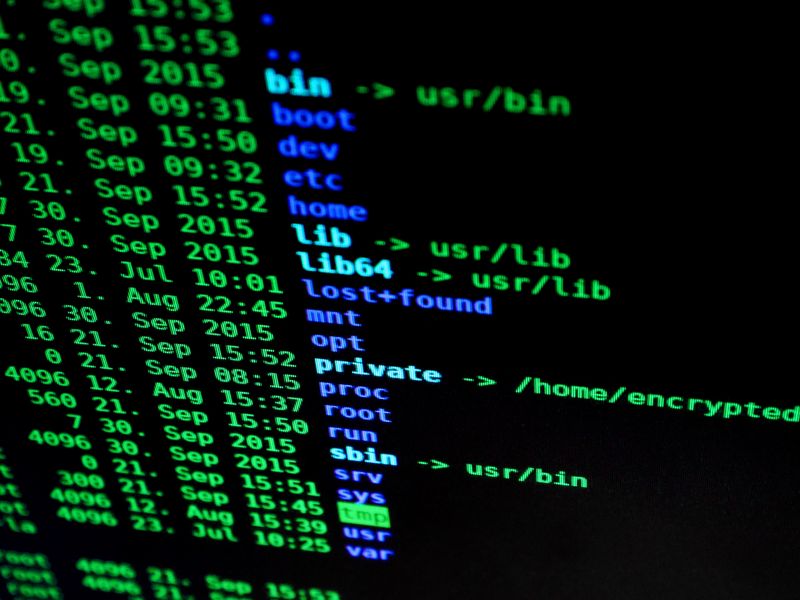Vulnerability Exploited Against Critical Infrastructure Organization
Background
The US Cybersecurity and Infrastructure Security Agency (CISA) has recently disclosed that a new zero-day vulnerability in Citrix, tracked as CVE-2023-3519, has been exploited against a critical infrastructure organization. While the agency has not attributed the attack to any known threat actor, it has shared tactics, techniques, and procedures (TTPs) obtained from the targeted organization in order to aid detection of potential attacks.
It is worth noting that Citrix vulnerabilities have previously been exploited by financially motivated cybercriminals and state-sponsored threat actors, including groups linked to China. The vulnerability in question, which has been patched with updates announced on July 18, specifically impacts NetScaler Application Delivery Controller (ADC) and NetScaler Gateway products. It allows for unauthenticated remote code execution against appliances configured as a gateway or AAA virtual server.
Attack Details
According to CISA, the attack utilizing the CVE-2023-3519 vulnerability was conducted in June 2023. Threat actors were able to exploit the zero-day vulnerability to drop a webshell on an ADC appliance in the victim’s non-production environment. The webshell then enabled the actors to perform discovery on the victim’s active directory (AD) and collect and exfiltrate AD data. Although the actors attempted to move laterally to a domain controller, their progress was halted by network-segmentation controls on the appliance.
Risk and Impact
The exploitation of the CVE-2023-3519 vulnerability is expected to increase in the near future. The Shadowserver project has reported over 11,000 unique IP addresses associated with internet-exposed Citrix ADC and Gateway instances, with a majority of them located in the United States and Europe. While threat intelligence company Greynoise has started tracking exploitation attempts related to this vulnerability, it has not yet observed any successful attacks. This suggests that the vulnerability is currently being leveraged in targeted attacks, rather than widespread campaigns.
Editorial Analysis
The exploitation of vulnerabilities in critical infrastructure organizations is an ongoing concern for cybersecurity experts and government agencies. The attack on the critical infrastructure organization utilizing the Citrix zero-day vulnerability further highlights the need for robust security measures and constant vigilance in protecting critical systems.
The Role of Zero-Day Vulnerabilities in Cyberattacks
Zero-day vulnerabilities play a significant role in the arsenal of cyber threat actors. These vulnerabilities are unknown to the affected software vendor and when discovered by threat actors, can offer a significant advantage in launching attacks. The exploit of a zero-day vulnerability allows attackers to bypass existing defenses and gain unauthorized access to systems or data. In this case, the threat actors were able to drop a webshell on the compromised appliance, enabling them to collect and exfiltrate critical data.
Attribution Challenges
The lack of attribution in this attack highlights the challenge of accurately determining the source and motive of cyberattacks. While there have been cases where state-sponsored threat actors, such as those linked to China, have exploited Citrix vulnerabilities, it is important to exercise caution in attributing attacks solely based on past activities. As cybersecurity becomes increasingly vital in the realm of international relations, it is crucial to develop robust and concrete evidence before assigning blame.
Protecting Critical Infrastructure
The attack against a critical infrastructure organization serves as a reminder of the potential consequences of a successful breach. Critical infrastructure sectors, such as energy, transportation, and healthcare, are crucial to the smooth functioning of societies. It is imperative that organizations within these sectors prioritize cybersecurity and enact measures to enhance their defenses against sophisticated attacks.
Proactive Security Measures
To mitigate the risk of similar attacks, organizations should consider the following proactive security measures:
1. Regular Patch Management: Keep software and systems up to date with the latest security patches and updates. Promptly apply patches from vendors to address known vulnerabilities. In this case, Citrix released updates on July 18 to patch the CVE-2023-3519 vulnerability.
2. Network Segmentation: Implement network segmentation controls to limit lateral movement within the network. By dividing the network into smaller segments, organizations can minimize the potential impact of an attack and prevent threat actors from accessing sensitive systems.
3. Continuous Monitoring: Deploy security tools and solutions that provide real-time monitoring and threat detection capabilities. This allows organizations to quickly identify and respond to any suspicious activity, such as the exploitation of zero-day vulnerabilities.
4. Incident Response Planning: Develop a comprehensive incident response plan that outlines the steps to be taken in the event of a cybersecurity incident. Regularly test and update the plan to ensure its effectiveness in mitigating potential threats.
5. Information Sharing: Participate in information-sharing initiatives, such as those facilitated by government agencies, to receive timely updates on emerging threats and vulnerabilities. By sharing information, organizations can collectively improve their defenses against cyberattacks.
Conclusion
The exploitation of the Citrix zero-day vulnerability against a critical infrastructure organization underscores the need for continued vigilance in cybersecurity efforts. As threat actors continue to evolve their tactics and seek out new vulnerabilities, organizations must enhance their security measures and prioritize the protection of critical systems. By implementing proactive security measures and engaging in information sharing, organizations can better prepare themselves for the challenges posed by cyber threats in the modern landscape.

<< photo by Pixabay >>
The image is for illustrative purposes only and does not depict the actual situation.
You might want to read !
- The Rising Threat: How DDoS Botnets Exploit Zyxel Devices for Devastating Attacks
- CISA Urges Immediate Action to Address Attacks on Citrix NetScaler ADC and Gateway Devices
- TrustArc Leads the Way in Bridging EU-US Data Privacy Frameworks with TRUSTe Verification
- The Dark Side Strikes: Unleashing Chaos with Citrix Zero-Day Exploits
- Unmasking the Unseen Threat: Analyzing Zero-Day Exploits in Citrix ADC and Gateway
- Rampant Cyber Espionage: Chinese Hackers Target Guest VMs through ESXi Zero-Day Exploit
- Are Critical Infrastructure Workers More Resilient to Phishing Attacks?
- The Linux Ransomware Dilemma: Protecting Critical Infrastructure from a Growing Menace
- Critical Infrastructure at Risk: APT Exploit Capitalizes on Rockwell Automation Flaws
- Combating the Threat: Analyzing the Rise and Impact of the P2P Self-Replicating Cloud Worm Targeting Redis
- “Unmasking the Threat: The Perilous Exploit Looming Over Mastodon Servers”




